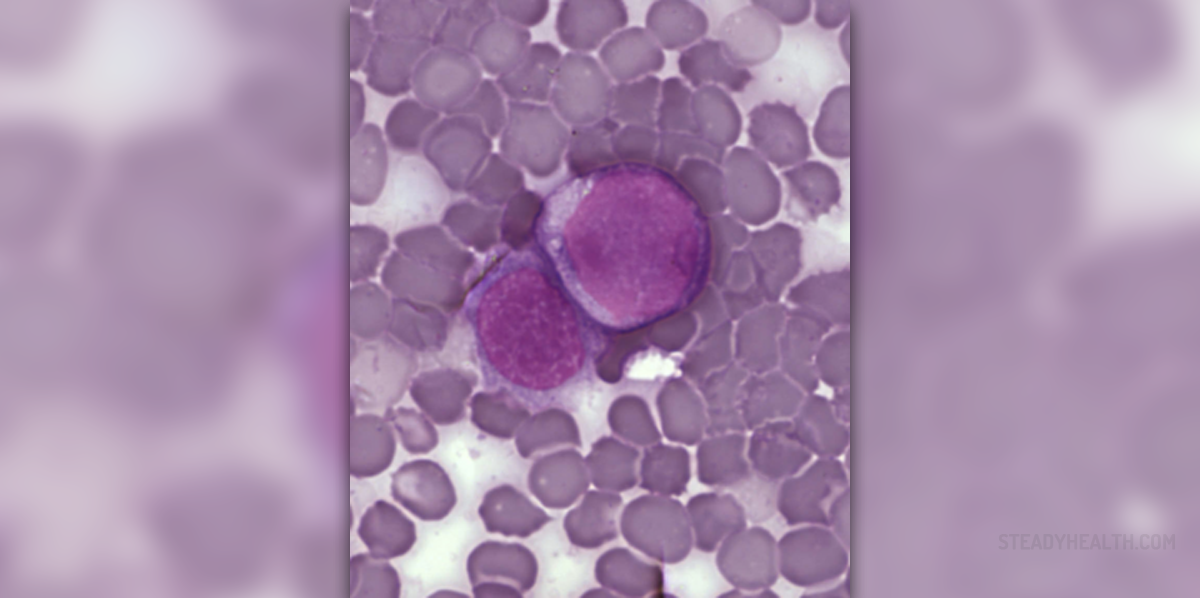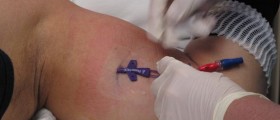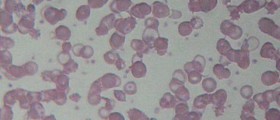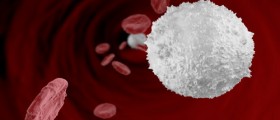
Acute myeloid leukemia is one of the most common cancers among adults. This serious and rapidly progressive disease affects mostly elderly people. The disease is usually diagnosed somewhere around the age of 63. Acute myeloid leukemia is very rare in patients under the age of 40. This disease starts in the bone marrow and it is characterized by the rapid growth of abnormal white blood cells. These defected cells are unable to maintain their normal functions in the system, and they accumulate in the bone marrow, acting as an obstacle in the production of normal blood cells. Therefore, the disease also causes a drop in all blood cells, including the red blood cells and platelets.
Causes of acute myeloid leukemia in elderly
The exact cause behind the acute myeloid leukemia is yet unknown. Some kind of damage to the DNA starts the chain reaction in which the white blood cells are being produced immature. A number of different things may cause this kind of damage. Long time exposure to certain chemicals such as benzene, for example, is considered a risk factor. Exposure to radiation and certain chemotherapy drugs are also associated with myeloid leukemia in elderly. Scientists also believe that some genetic problems may cause this disease.
Signs and symptoms of acute myeloid leukemia in elderly
Symptoms of acute myeloid leukemia may drastically differ among individuals. In some cases, patients will not even have any of the associated symptoms. It is not unusual to identify the disease during a regular blood testing. For some patients, the disease will start like any other seasonal infection: with fever, muscular pain, and general feeling of tiredness. Due to the low count of white blood cells, which normally fight against the bacteria, viruses and foreign objects in the body, patient will be more susceptible to persistent infections. Because of the low red blood cell and platelets counts, patient may be prone to bruising and bleeding even from the minor trauma. Bleeding from the nose, bleeding from the gums and heavy menstrual periods, are commonly associated with acute myeloid leukemia. Patients will commonly manifest symptoms of anemia, such as constant fatigue, pale skin, and shortness of the breath. Their condition may drastically worsen after the exercise or heavy physical labour. Patients suffering from acute myeloid leukemia will probably suffer from unexplained weight loss. In rare cases, swelling of the lymph nodes and gums will also be present.
Patient should make an appointment with a doctor if any of the symptoms are present. Regular blood checks may also help in early detection of this disease. Untreated, this condition worsens quickly.















Your thoughts on this
Loading...